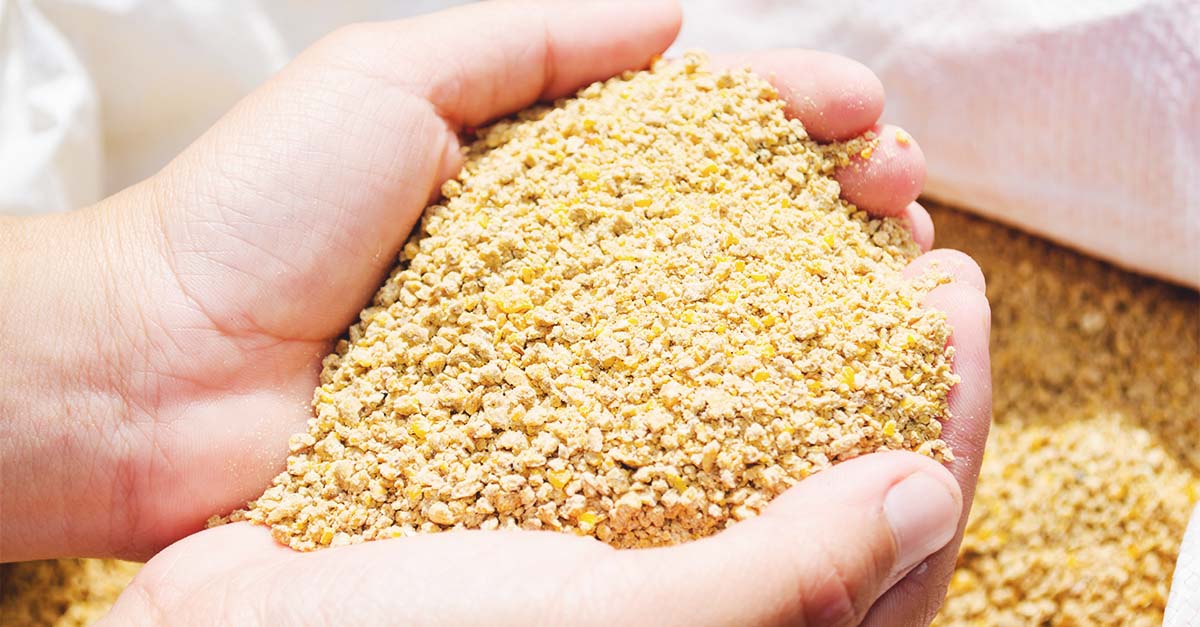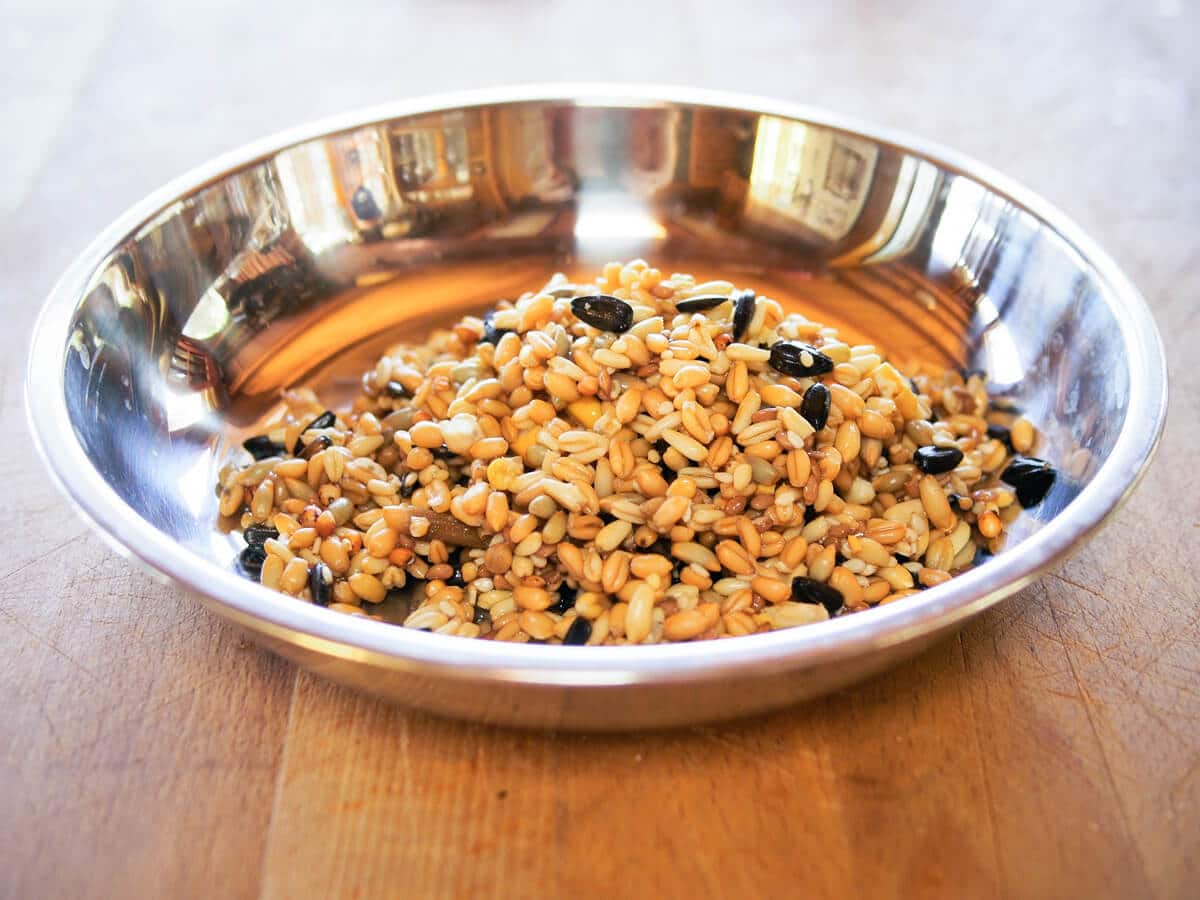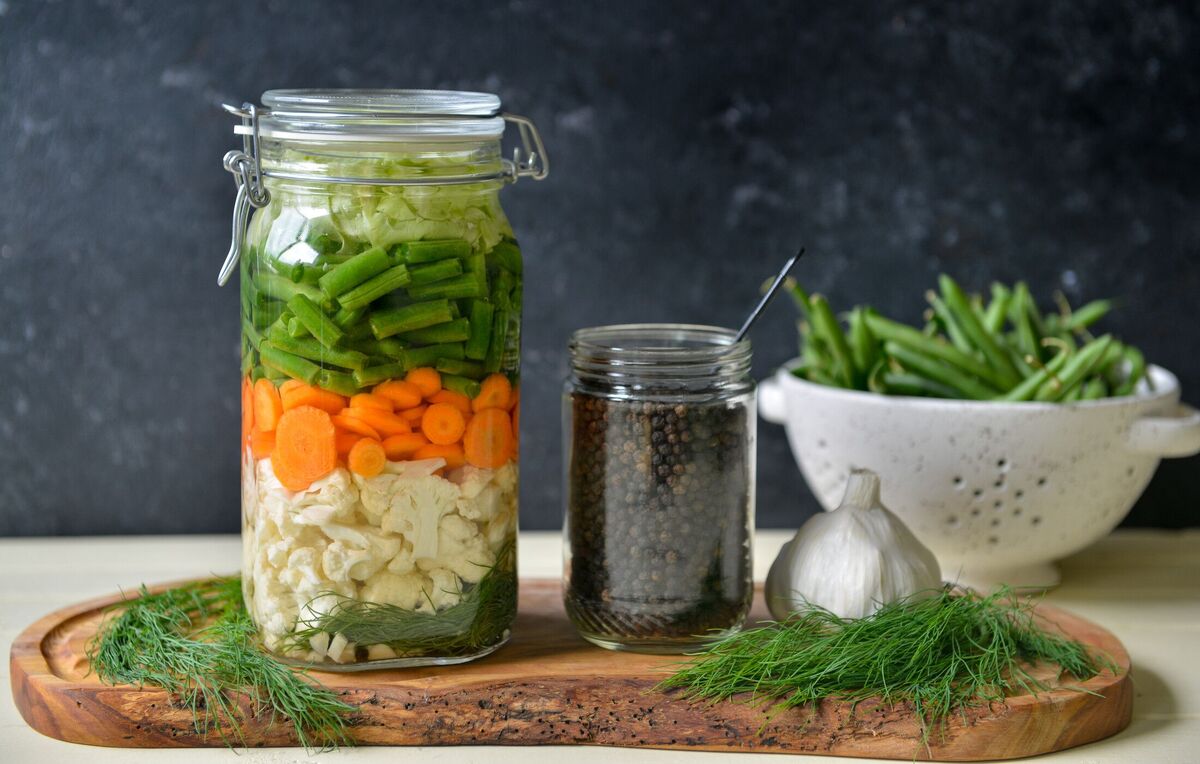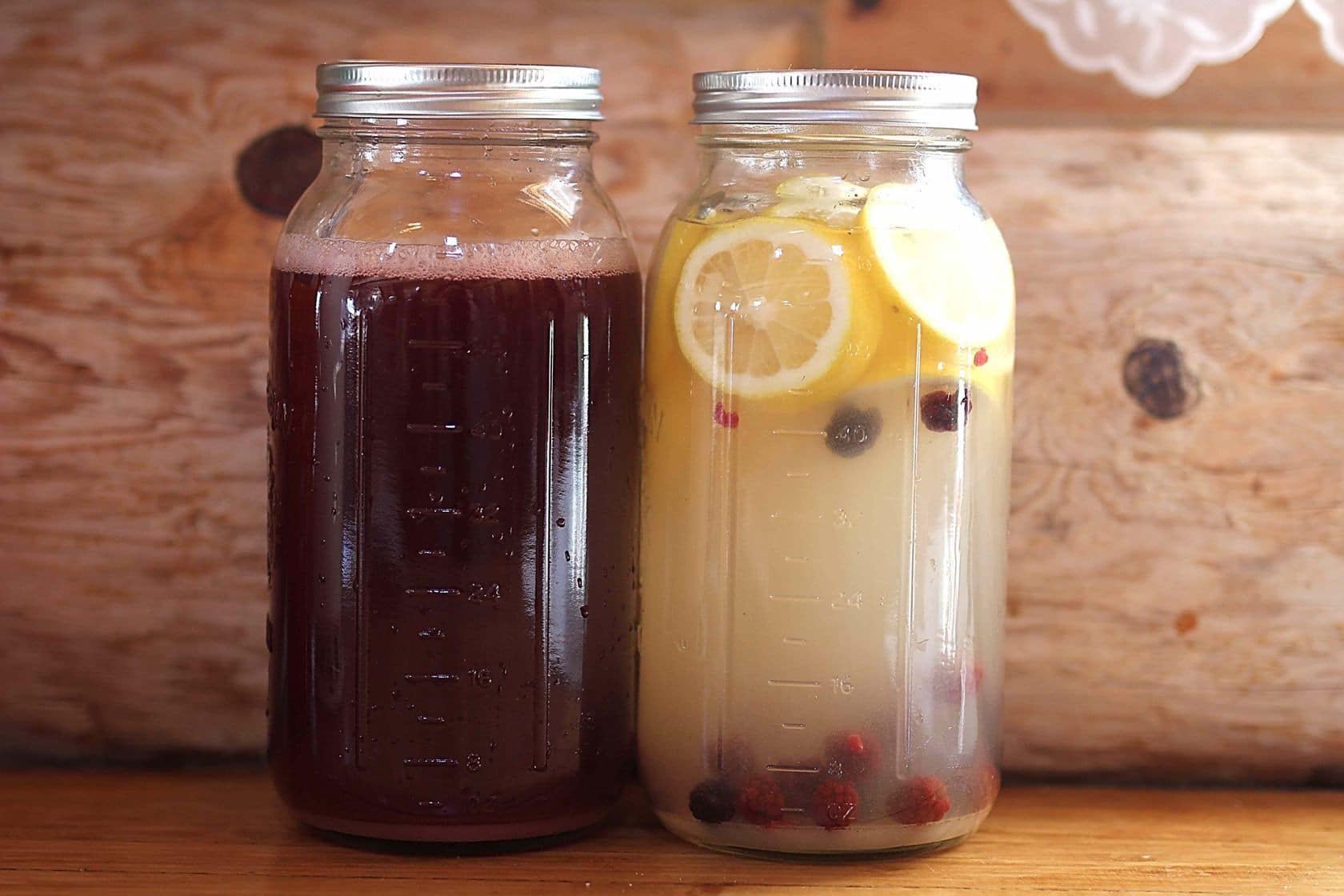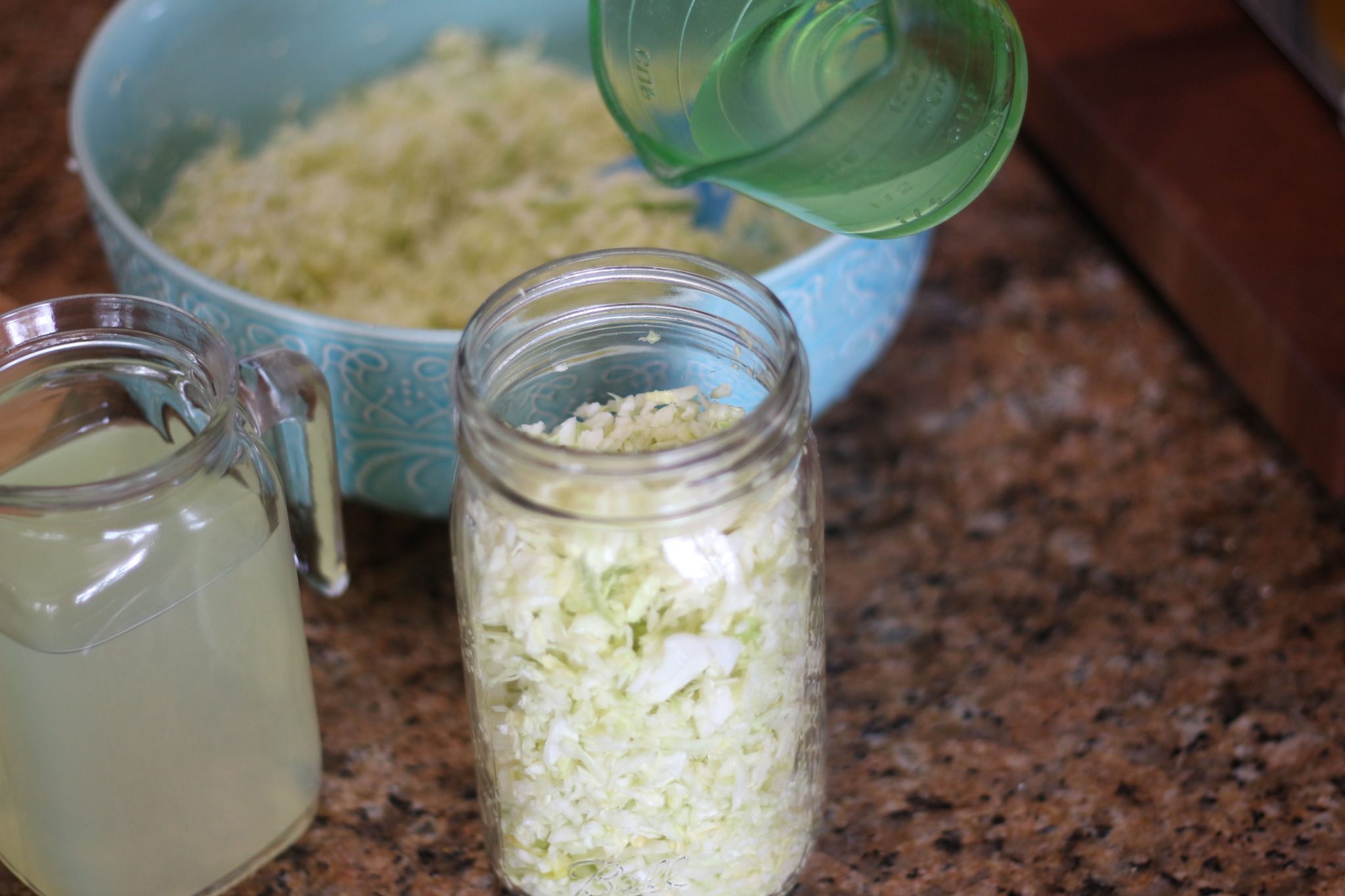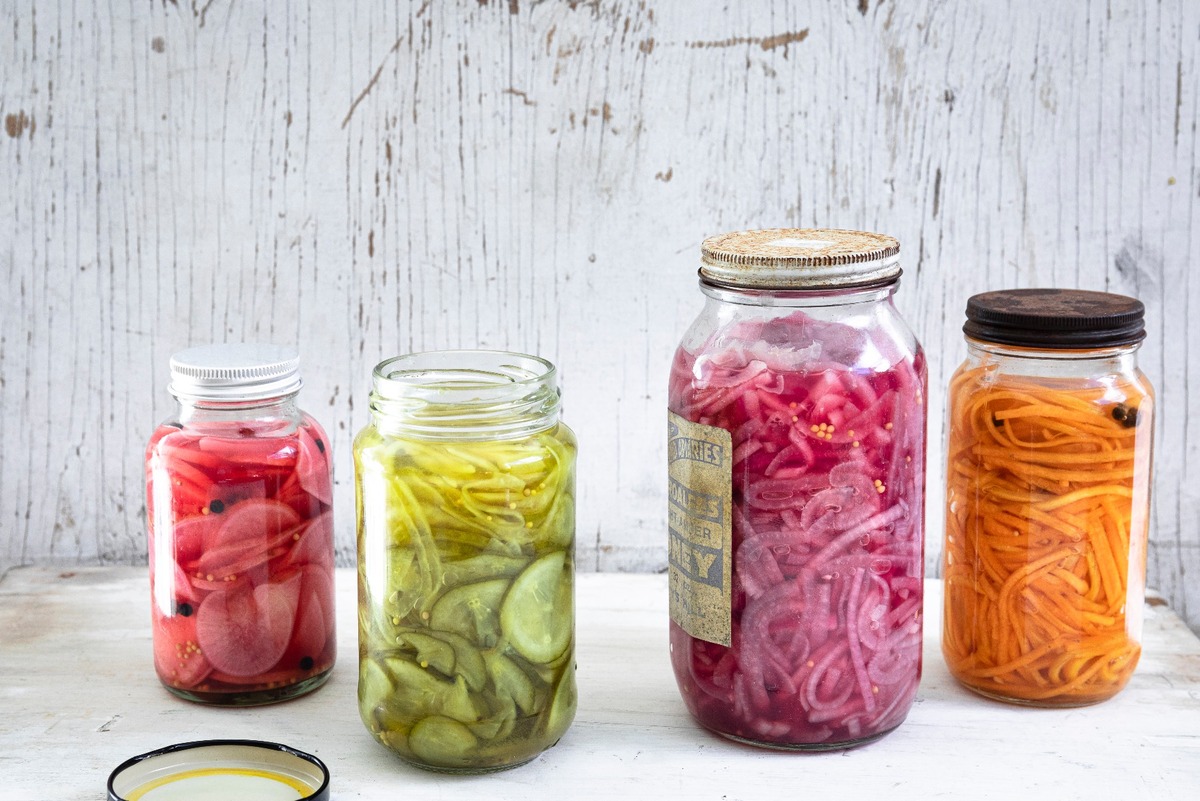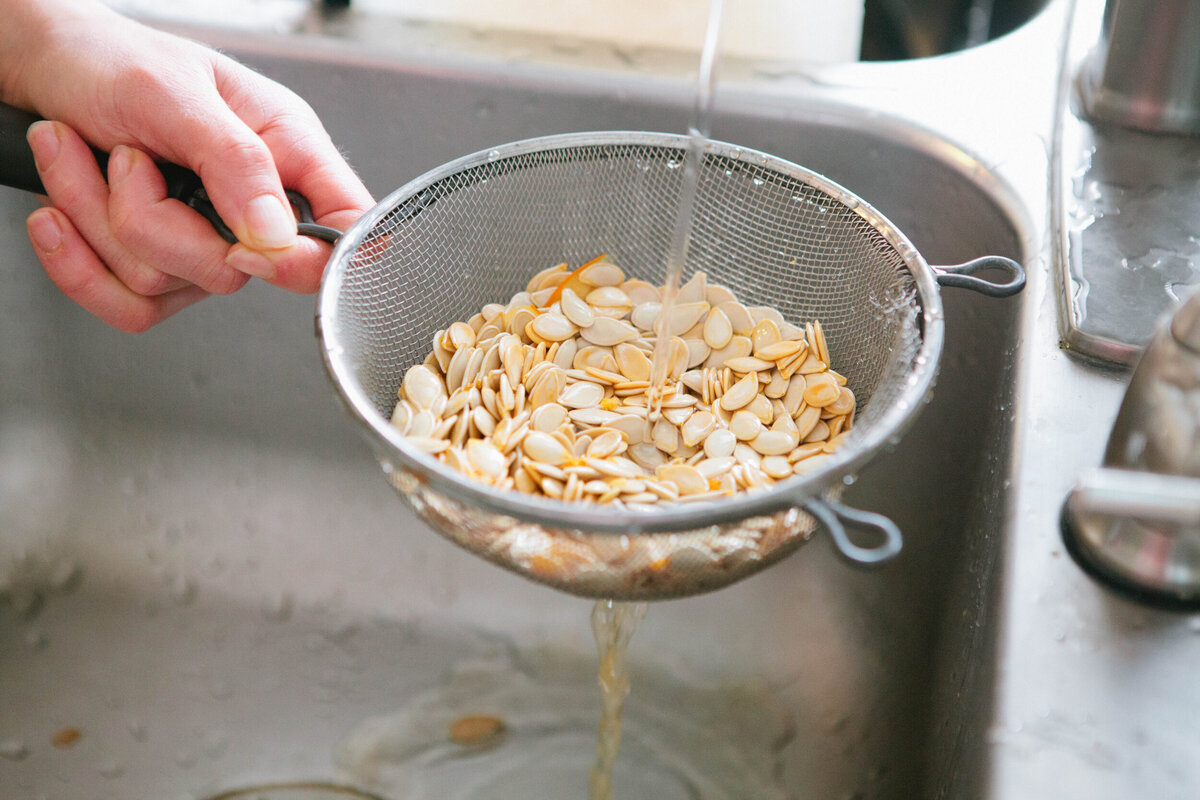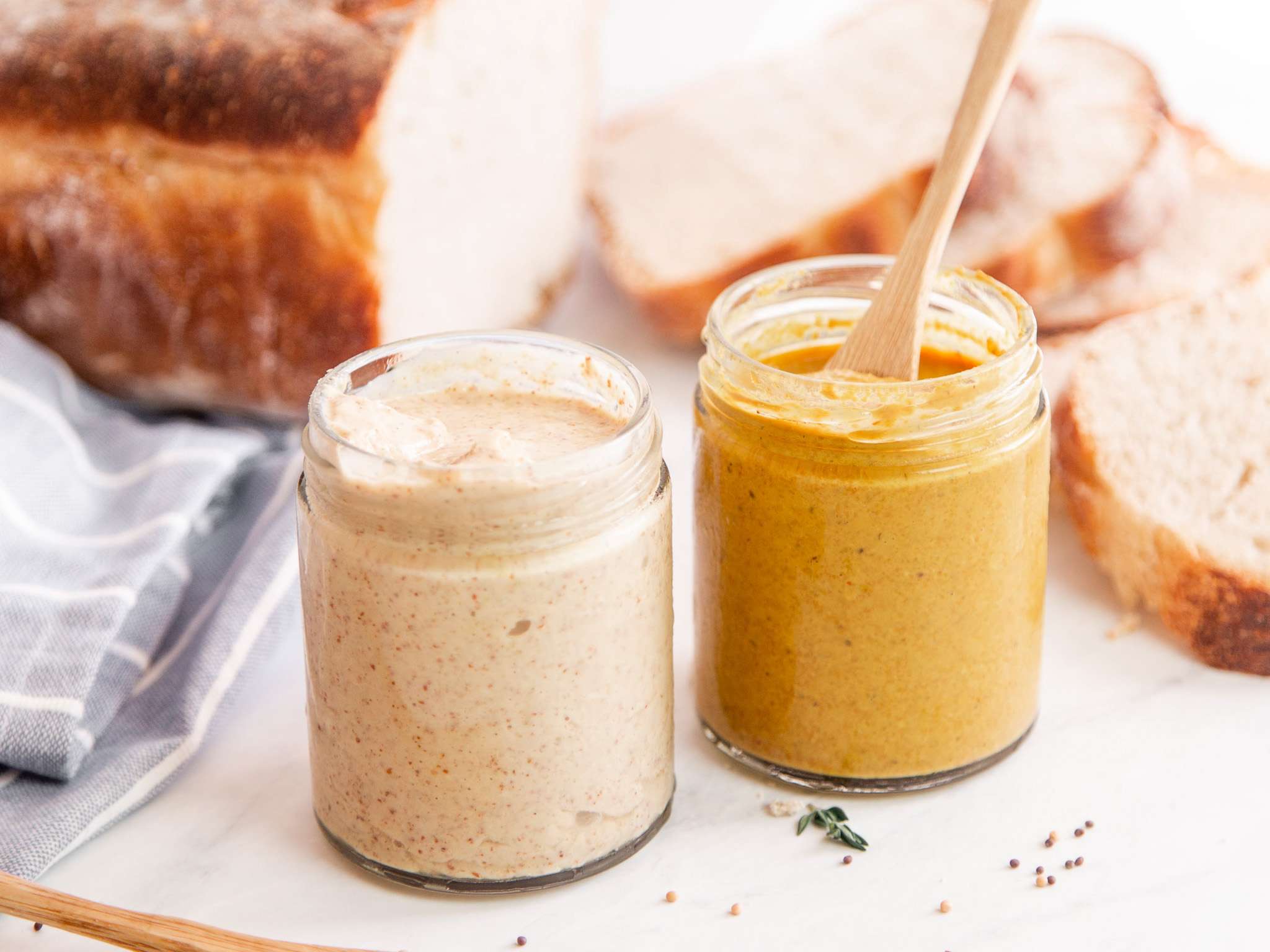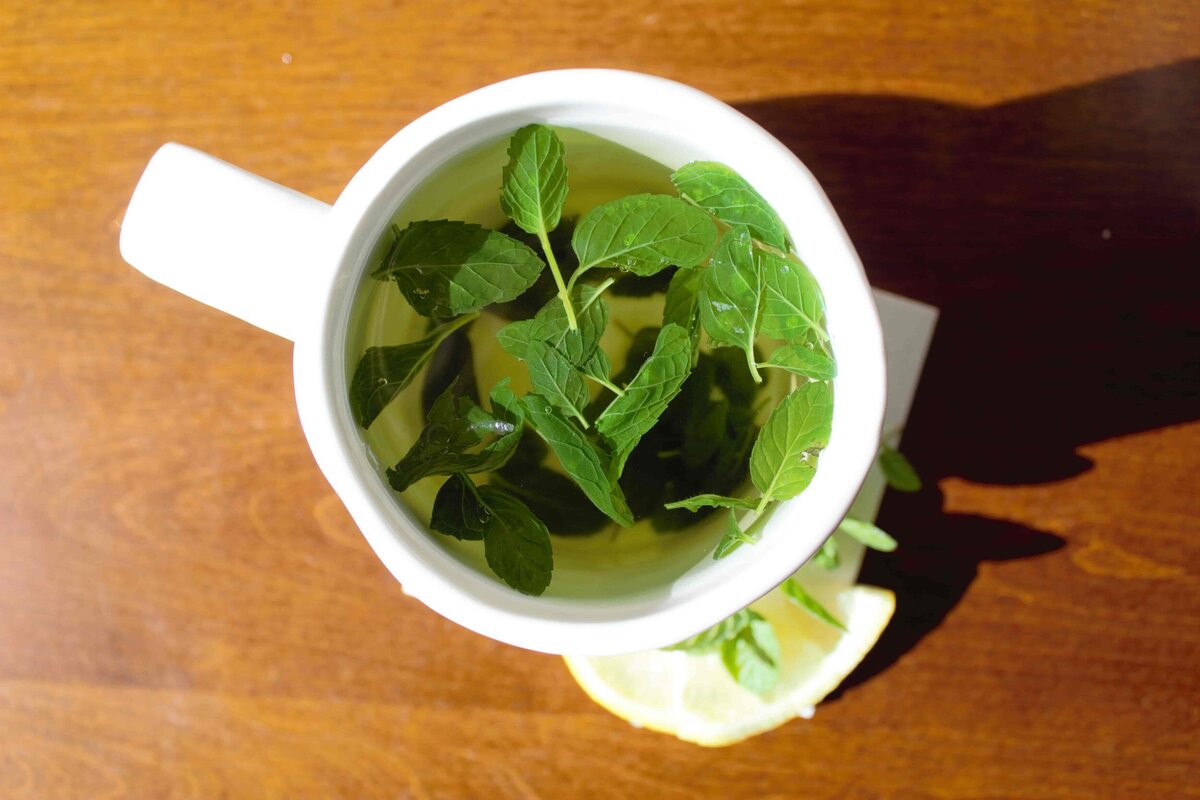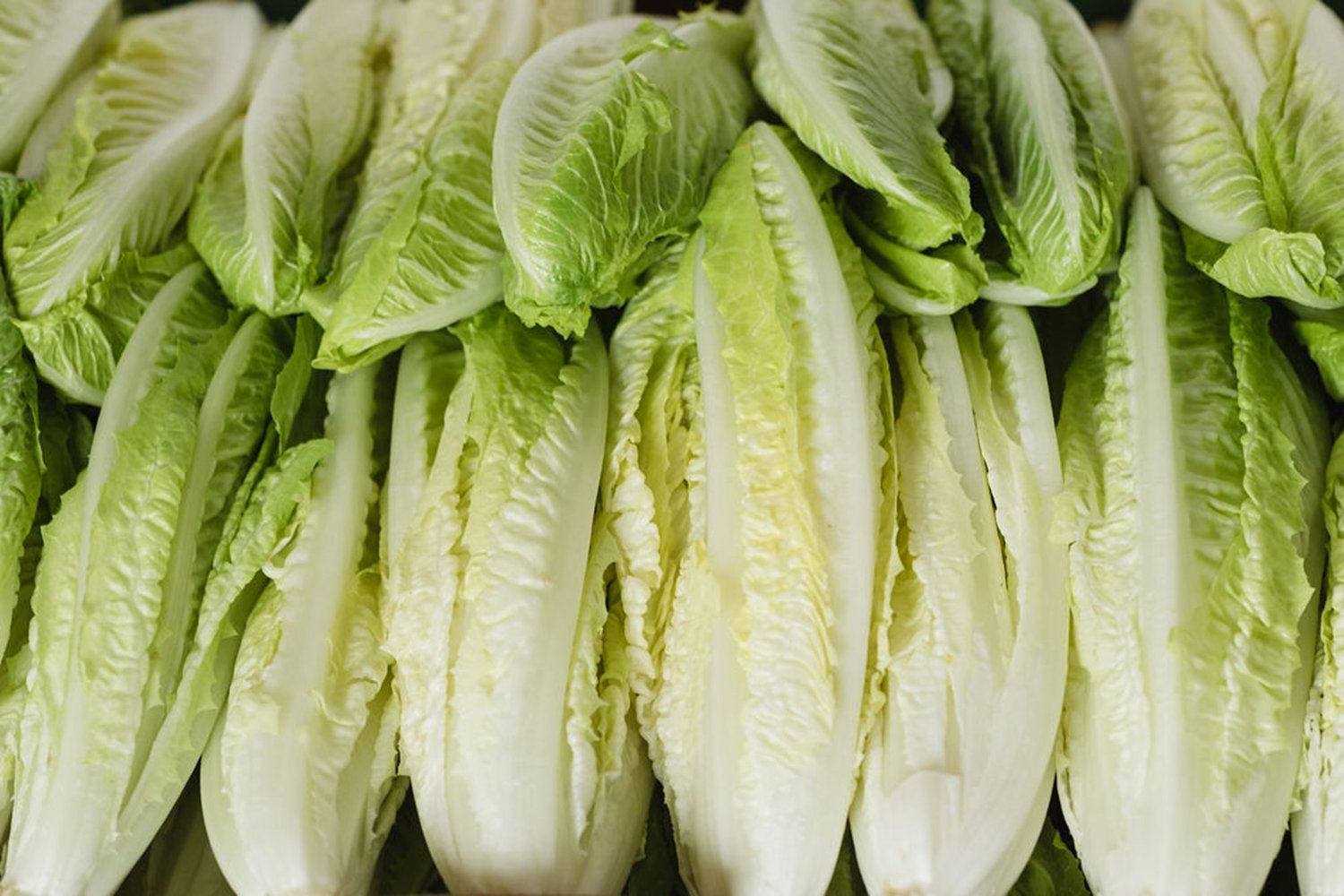Get Creative with Fermented Fruit Juice
Are you looking for a fun and delicious way to enjoy your favorite fruit juices? Look no further than fermenting them at home! Fermenting fruit juice is a simple and rewarding process that can result in a unique and flavorful beverage. Whether you’re a fermentation enthusiast or a newbie looking to try something new, fermenting fruit juice at home is a great way to experiment with flavors and enjoy the natural goodness of fruits.
Why Ferment Fruit Juice?
Fermenting fruit juice not only adds a delightful fizziness to the drink but also enhances its nutritional value. The fermentation process increases the levels of beneficial probiotics and enzymes, making the juice easier to digest and improving gut health. Additionally, fermenting fruit juice can lead to the development of complex and interesting flavors, making it a refreshing and versatile beverage option.
How to Ferment Fruit Juice at Home
Ready to get started? Here’s a simple guide to fermenting fruit juice at home:
- Choose Your Fruit: Start by selecting your favorite fruits or fruit juices. You can use a single type of fruit or create unique blends for a one-of-a-kind flavor profile.
- Prepare the Juice: If you’re using whole fruits, begin by juicing them to extract the liquid. Make sure to strain the juice to remove any pulp or seeds, as they can interfere with the fermentation process.
- Add Sweetener (Optional): Depending on the sweetness of your fruit juice, you may choose to add a natural sweetener such as honey or sugar to provide food for the fermentation process. This step is optional and can be adjusted based on personal preference.
- Introduce the Culture: To kick-start the fermentation process, you’ll need to introduce a culture of beneficial bacteria and yeast. This can be achieved by adding a small amount of a starter culture or using a natural fermentation starter like a piece of fruit or vegetable.
- Allow Fermentation: Transfer the prepared fruit juice into a clean, airtight container suitable for fermentation. Seal the container and allow it to ferment at room temperature for a period of 1 to 3 days, depending on the desired level of fermentation and fizziness.
- Monitor the Process: During the fermentation period, it’s essential to monitor the progress of the juice. Check for signs of bubbling or fizziness, which indicate that the fermentation process is taking place. Taste the juice periodically to assess its flavor and adjust the fermentation time to your liking.
- Refrigerate and Enjoy: Once the desired level of fermentation is achieved, transfer the fermented fruit juice to the refrigerator to slow down the fermentation process. Serve the chilled juice and enjoy its unique flavor and effervescence.
Experiment with Flavors
One of the most exciting aspects of fermenting fruit juice at home is the opportunity to experiment with different flavors and combinations. Whether you prefer the tangy kick of fermented citrus juices or the subtle sweetness of fermented berry blends, the possibilities are endless. Feel free to add herbs, spices, or even a splash of another fruit juice to create your own signature fermented concoction.
Health Benefits of Fermented Fruit Juice
In addition to being a delicious and refreshing beverage, fermented fruit juice offers a range of health benefits. The probiotics and enzymes produced during the fermentation process can support digestive health and boost the immune system. Furthermore, fermenting fruit juice can increase the bioavailability of nutrients, making it easier for the body to absorb essential vitamins and minerals.
Get Started Today
Now that you’re equipped with the knowledge of how to ferment fruit juice at home, it’s time to roll up your sleeves and get creative in the kitchen. Whether you’re fermenting a classic apple juice or experimenting with a tropical fruit medley, the process of fermenting fruit juice is a delightful and rewarding endeavor. So, gather your favorite fruits, embrace the art of fermentation, and savor the unique flavors of homemade fermented fruit juice.
Happy fermenting!
Explore More: Delicious Recipes and Creative Uses
Once you've mastered the basics of fermenting fruit juice at home, the possibilities for crafting delightful beverages are nearly endless. Dive into the effervescence with Sparkling Fermented Apple Cider, a classic choice that promises crisp refreshment. Or perhaps the exotic notes of Exotic Guava-Passionfruit Fermented Juice will tantalize your taste buds with its unique blend. For those who enjoy a combination of sweet and spicy, the Fermented Apricot-Ginger Ale offers a zesty kick that's both invigorating and satisfying. Each recipe provides a unique way to apply the skills learned from fermenting basic fruit juices, and I highly recommend starting with these to fully appreciate the nuances of home fermentation.
Was this page helpful?
Read Next: How To Ferment Cherries
